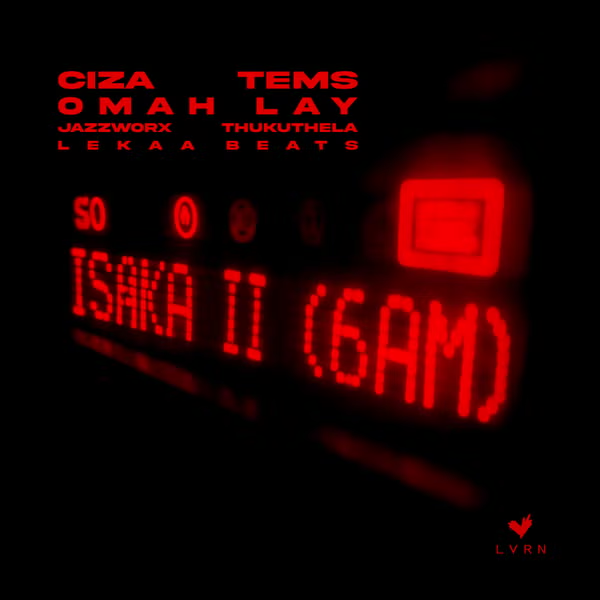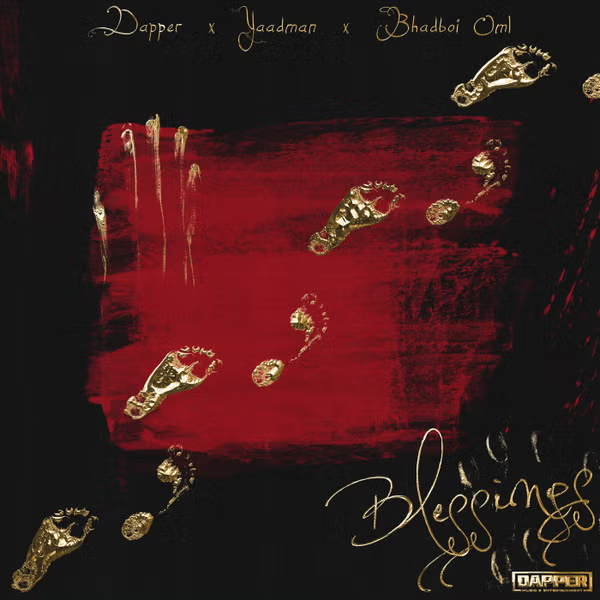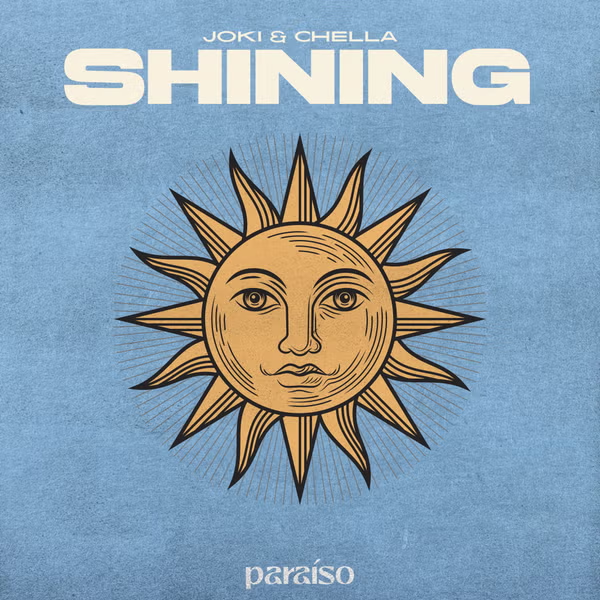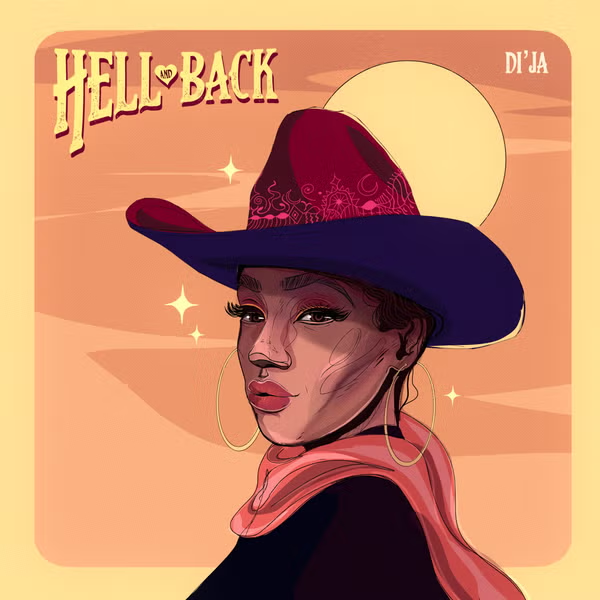Joninės Kupolė, is celebrated on Midsummer or Saint John’s Day. It is celebrated on June 24 all around Lithuania. While midsummer day is celebrated throughout Europe, many Lithuanians have a particularly lively agenda on this day.
The traditions include singing songs and dancing until the sun sets, telling tales, searching to find the magic fern blossom at midnight, jumping over bonfires, greeting the rising midsummer sun.
Young women have to wash their faces only with fresh dew. It was believed that washing your face with dew collected from rye could rejuvenate the skin.
Dew was also used to moisten the bed linen of the sick in the belief it would return them to health. It was also
used to water vegetable gardens as it was thought to make the soil more fertile.
It was even given to animals to drink. Later, in the evening, bonfires are organized around the cities and in the countryside, and people make wishes and put spell bags in the water to make their dreams come true.
At one point this special night was called Kupolės because in the evening people traditionally picked medicinal herbs – an activity called kupoliavimas.
It was believed that on this night medicinal herbs
acquire their healing properties. They would later be used to brew teas or placed near the roof. St. John’s wort picked on Joninės was said to cure 99 kinds of illness.
After Christianisation, the celebrations were associated with the birth of St. John the Baptist, and named Joninės (from Jonas – the Lithuanian equivalent of John).
The century-long traditions and mystical rituals were not forgotten, however, so let us give you a few tips on how to make the best use of the magic of Joninės so you’ll return home healthy, rested, revived and who knows, maybe with your newfound other half.
For thousands of years, Balts, the ancestors of the Lithuanians, have celebrated the summer solstice (Rasa to the Lithuanians) by offering sacrifices to the pagan gods, and priestesses light the altar fire
. This tradition still continues to this day. The ritual is usually performed by members of Romuva (religion), the church of the ancient beliefs.
When Christianity came to Lithuania, it brought with it the celebration of Saint John’s Day and while Christians celebrate Joninės (St. John’s) in the local language, Christians, Romuviai, and those with other beliefs all celebrate Rasa together. Lithuanians with the names Jonas, Jonė, Janina receive many greetings from their family, relatives and friends.
As you arrive at the festivities, you must first walk through the special gates of Kupolės, which are decorated with herbs. Walking through the gates is a symbol of rebirth, and as you pass, you might be
asked to dance or sing a song, but let us tell you a little secret – a smile will do just fine.
Unmarried girls must make a wreath from nine or twelve different herbs before midnight – it’s not only a traditional accessory, but also a mystical charm to draw the attention of your true love.
The w
reath is later set afloat on a river, and the faster the current carries it, the sooner the girl will get married.
One of the main rituals is the lighting of the fire. The fire is lit on a high hill at dusk and kept burning all through the night until dawn. It’s believed that the lighter the fields are, the greater the harvest will be. Another important custom is jumping over the fir
e of Joninės, as jumping guarantees good health and cleanses you of your sins.
So it’s essential to jump over the fire, but wait until it dies down of course! If you jump holding hands with your loved one, you’ll get married the same year.
The most important and mysterious tradition of Joninės night is the search for the fern flower. The fern is said to bloom at midnight and anyone who finds its flower, which only blooms for a short moment, will gain incredible power – they’ll understand all the mysteries of nat
ure, read minds, see what’s invisible and acquire wealth and lasting happiness. Traditionally, people are supposed to look for the fern flower alone, but for some reason most people return in pairs!
If it happens that you’re not allowed to jump over fires, make wreaths, or search for fern flowers, don’t worry – simply being part of this ancient Lithuanian celebration will fill you with long-lasting positive emotions and good energy.
It’s crucial to stay up all night a
nd see the sun rise. You can return to your hotel in the morning – by then you’ll be charged with enough mystical healing energy for the whole year. What, only for a year, you say? Well of course – you’ll return next year!
It’s a great experience to celebrate Joninės/Rasos at the State Cultural Reserve of Kernavė or at Rumšiškės Ethnic Open Air Museum. Either way, the whole country will be celebrating and you’re very welcome to join in.




























